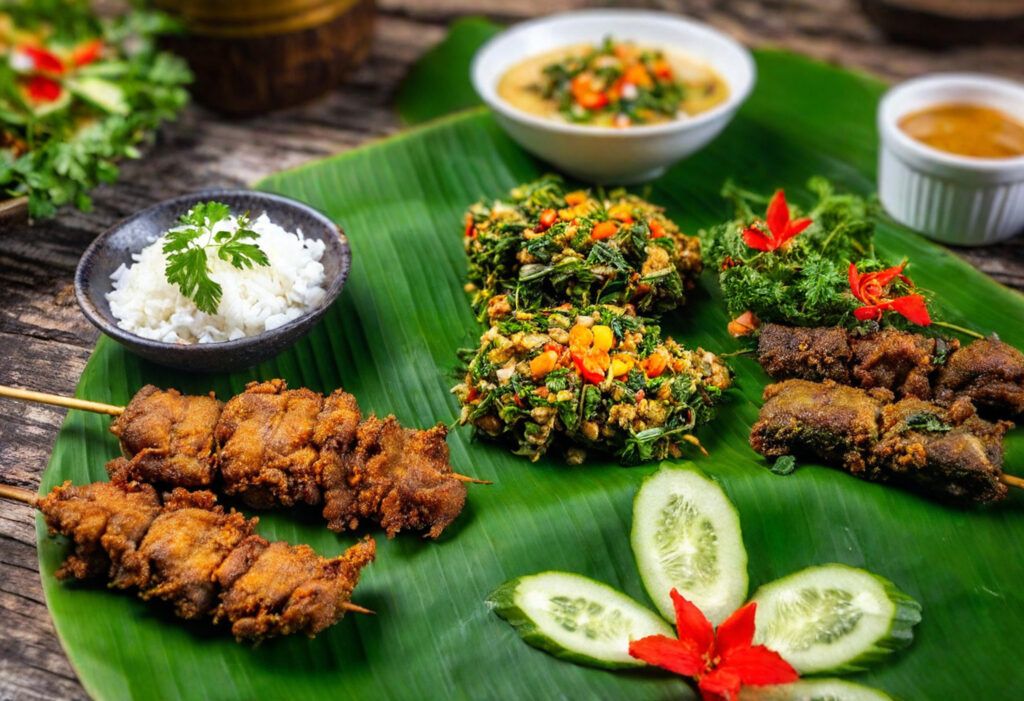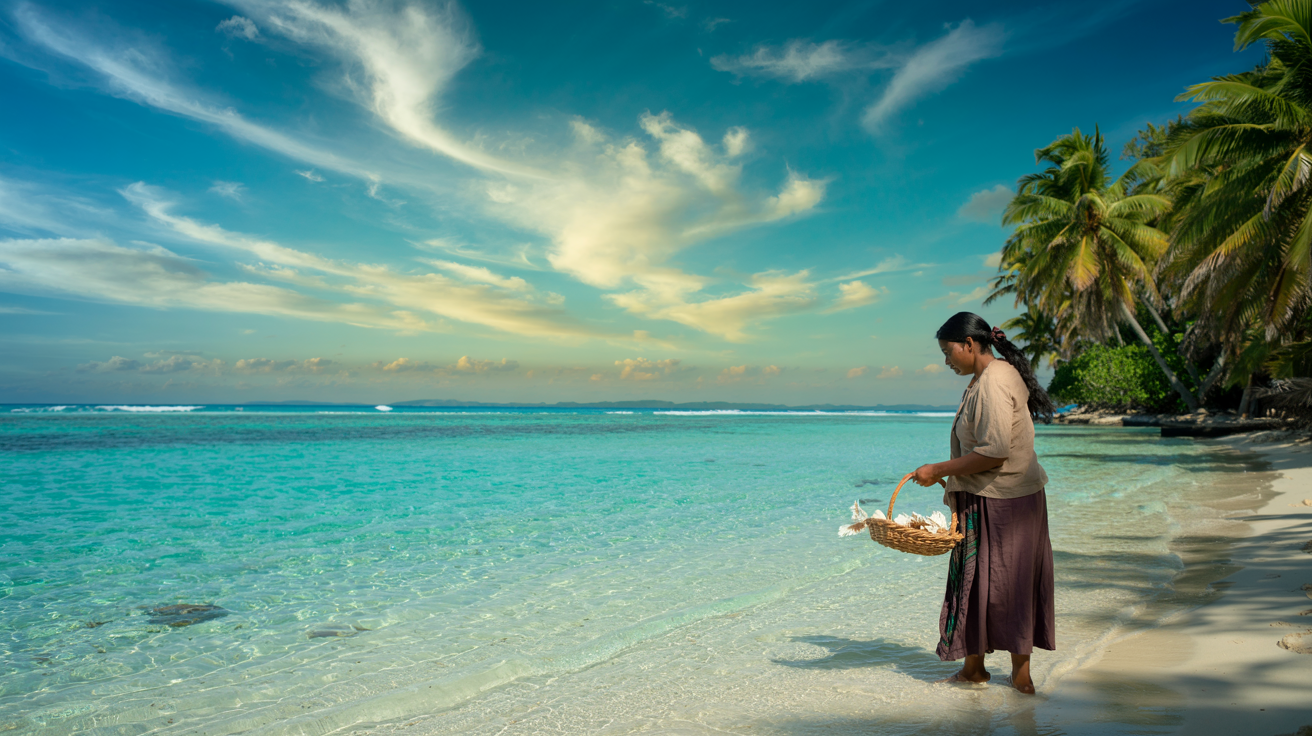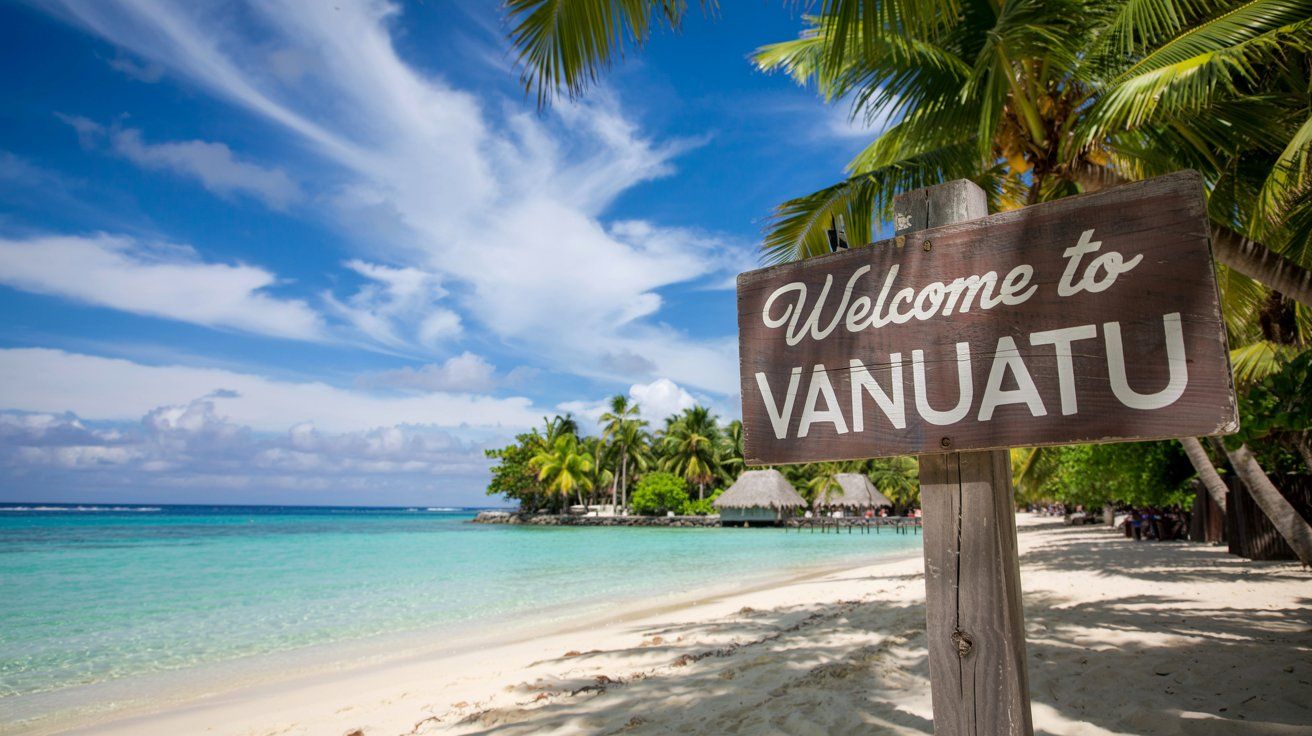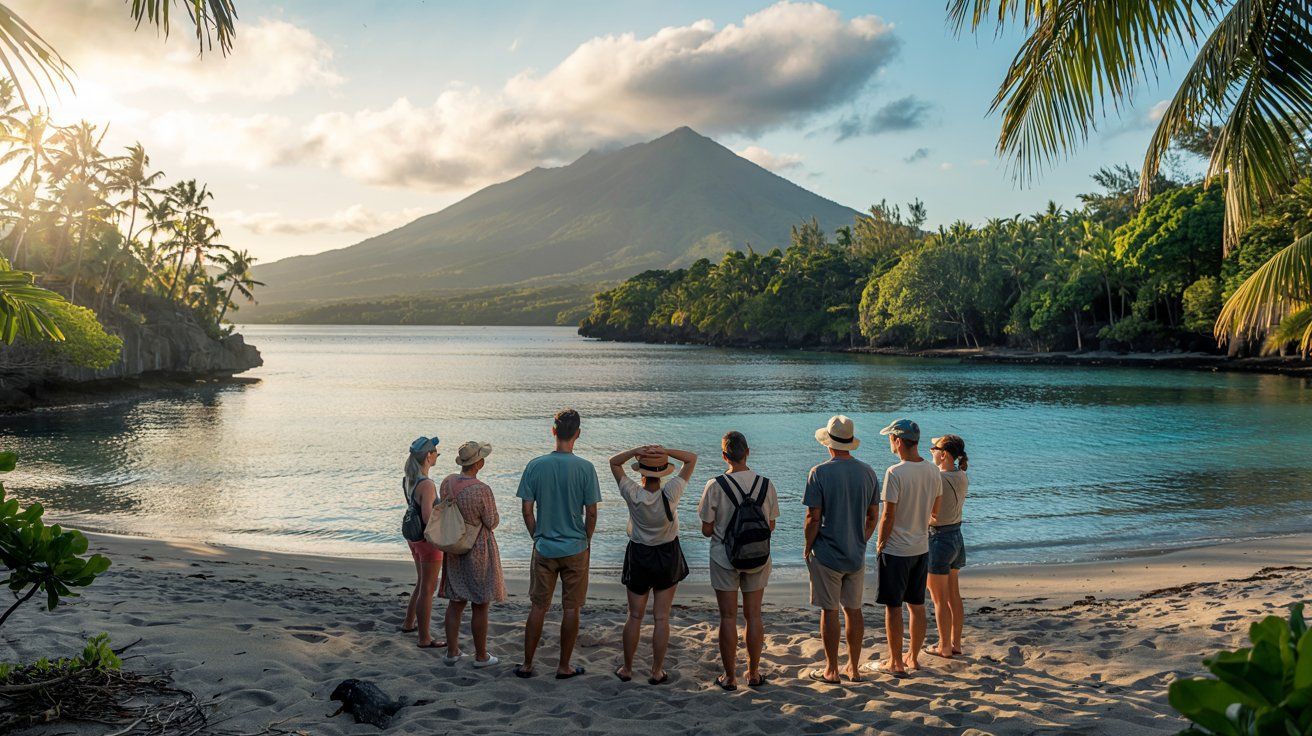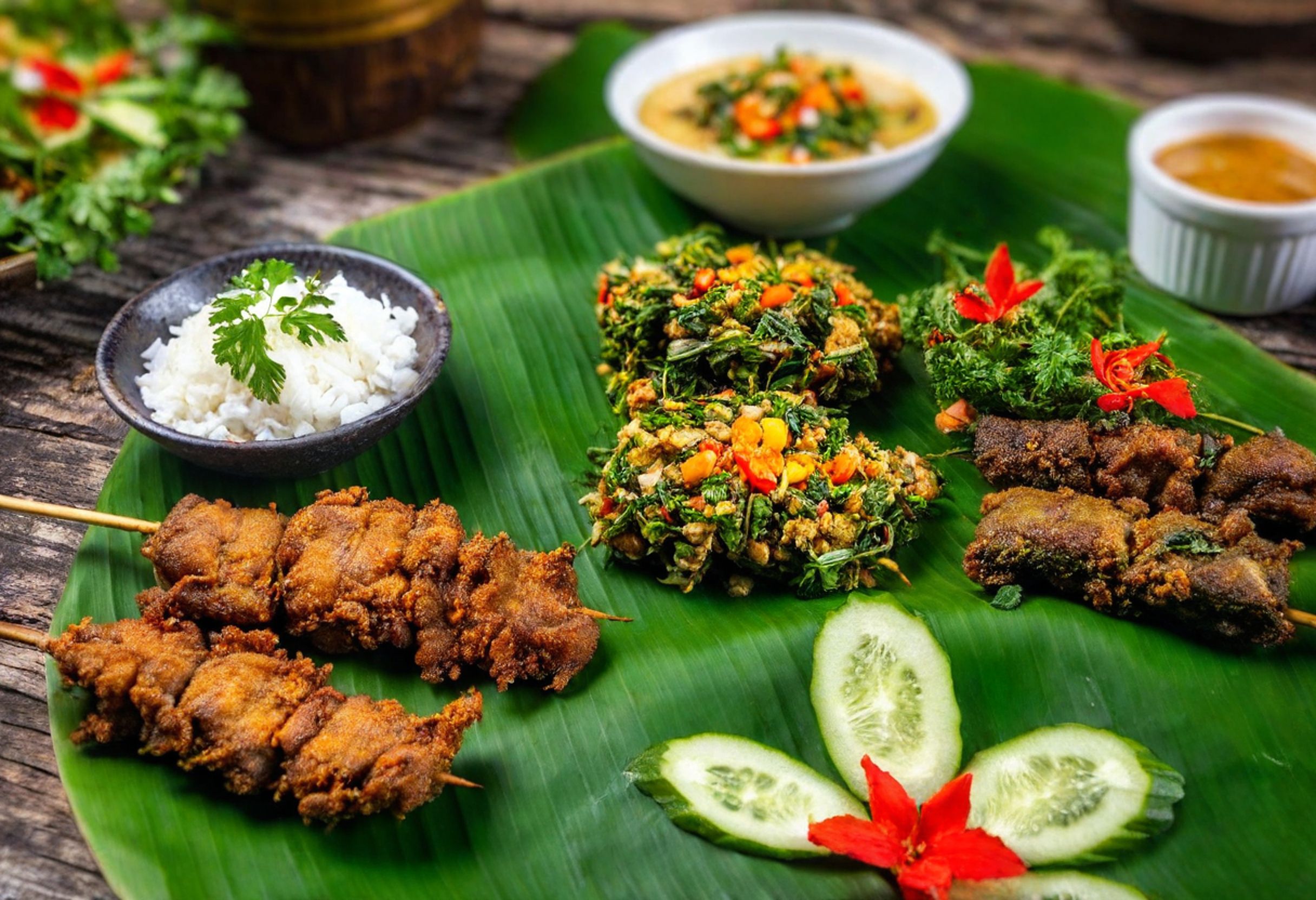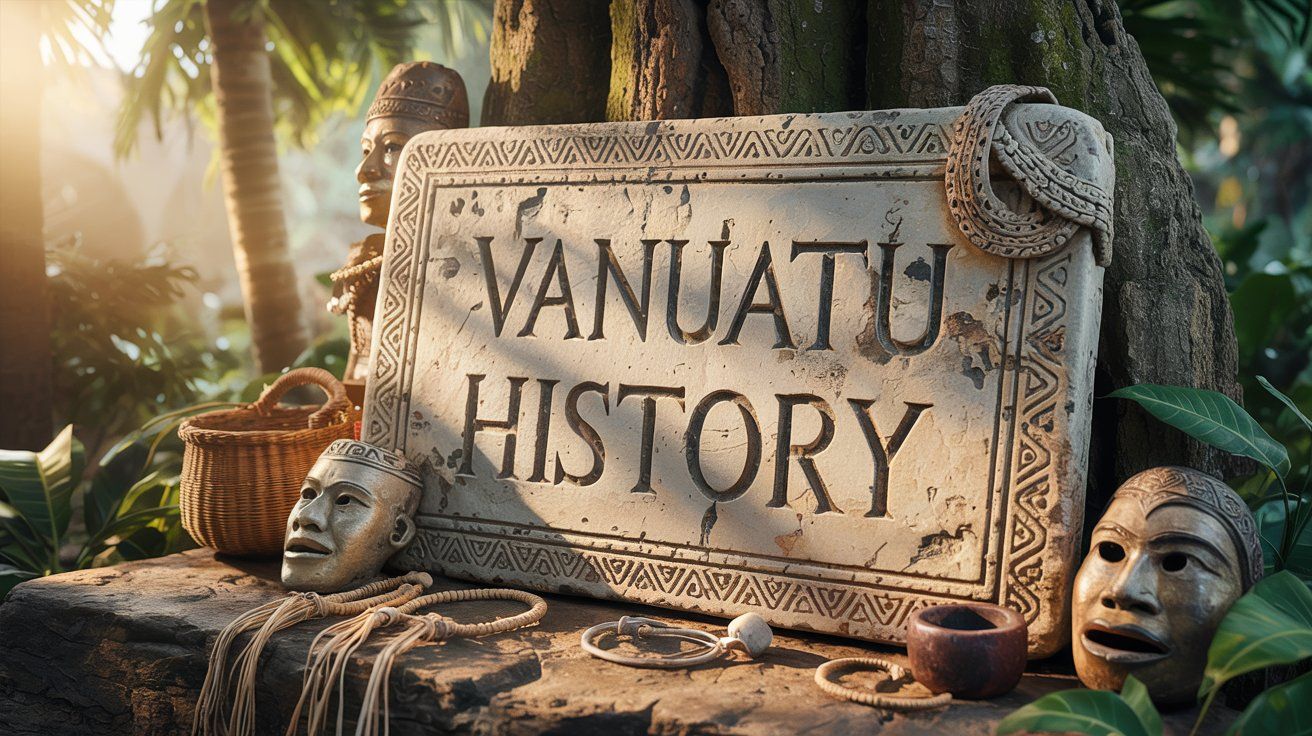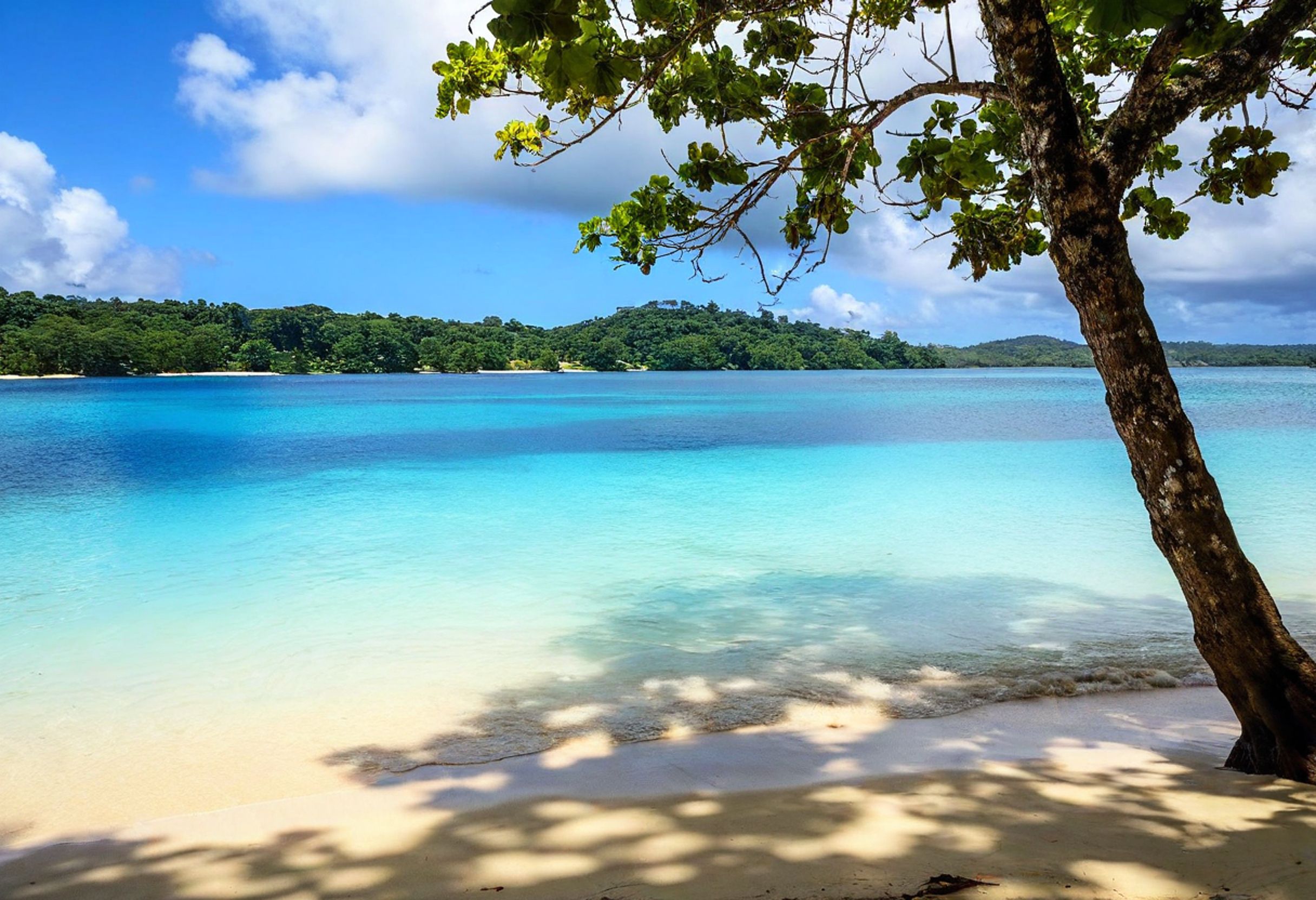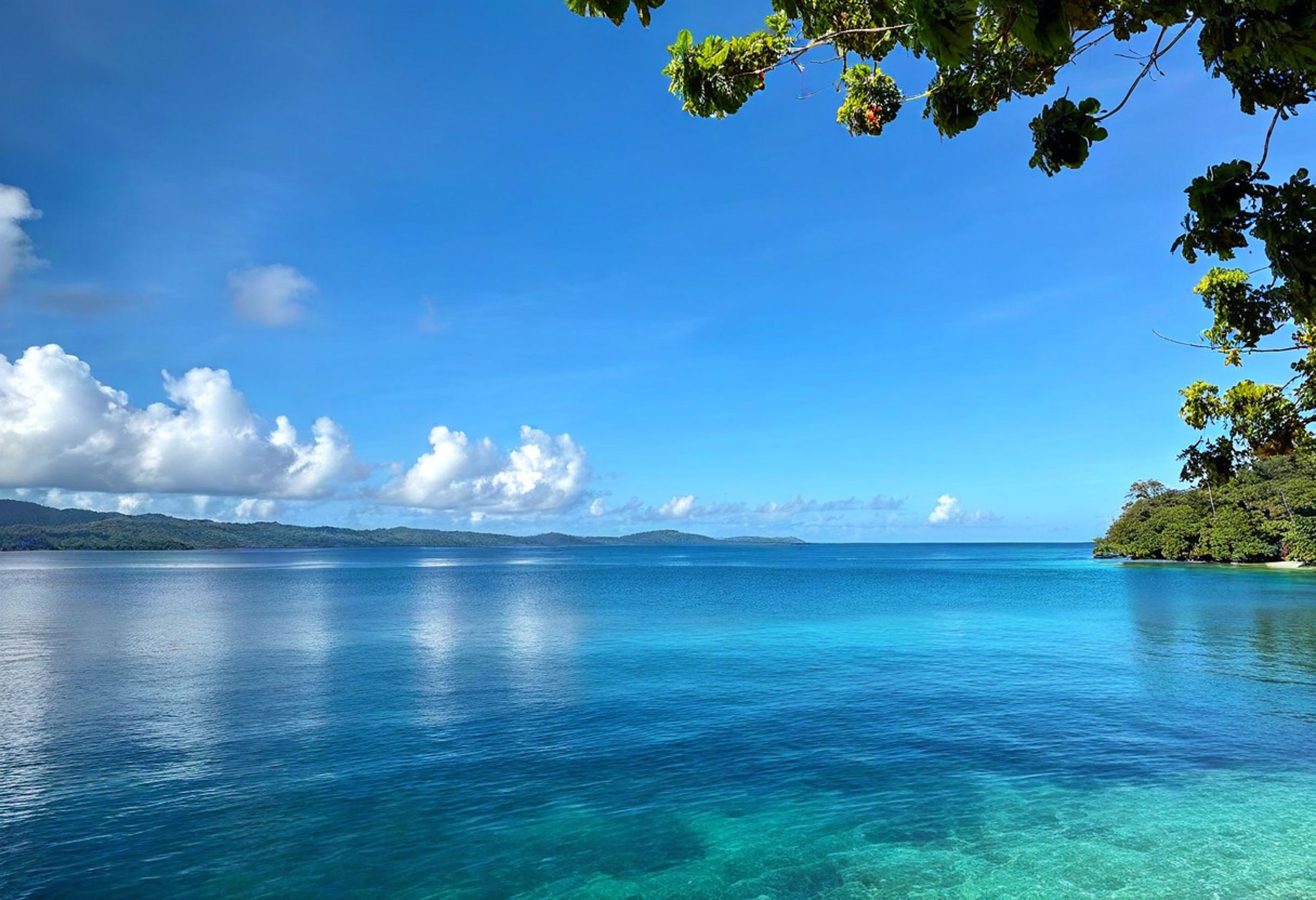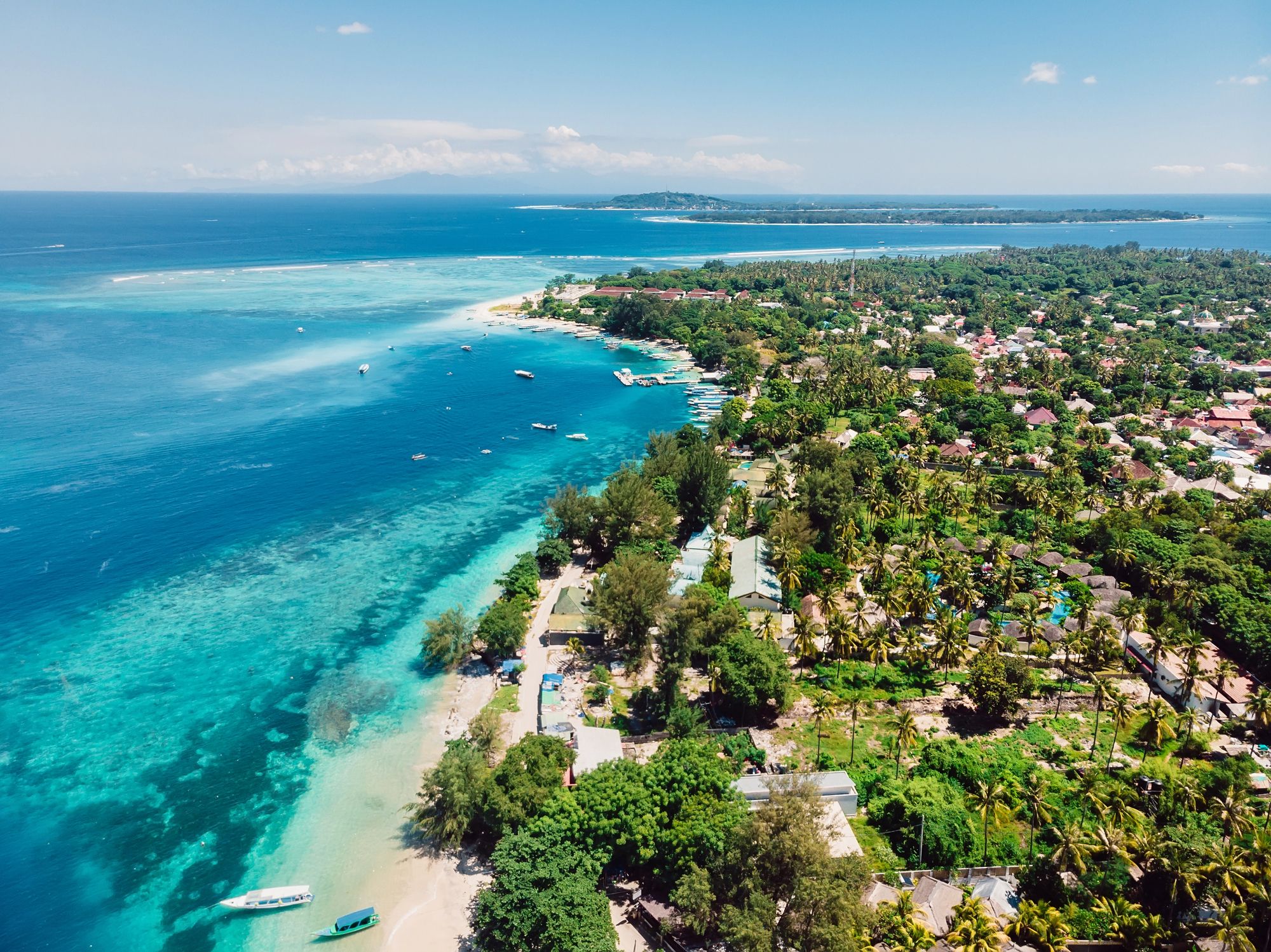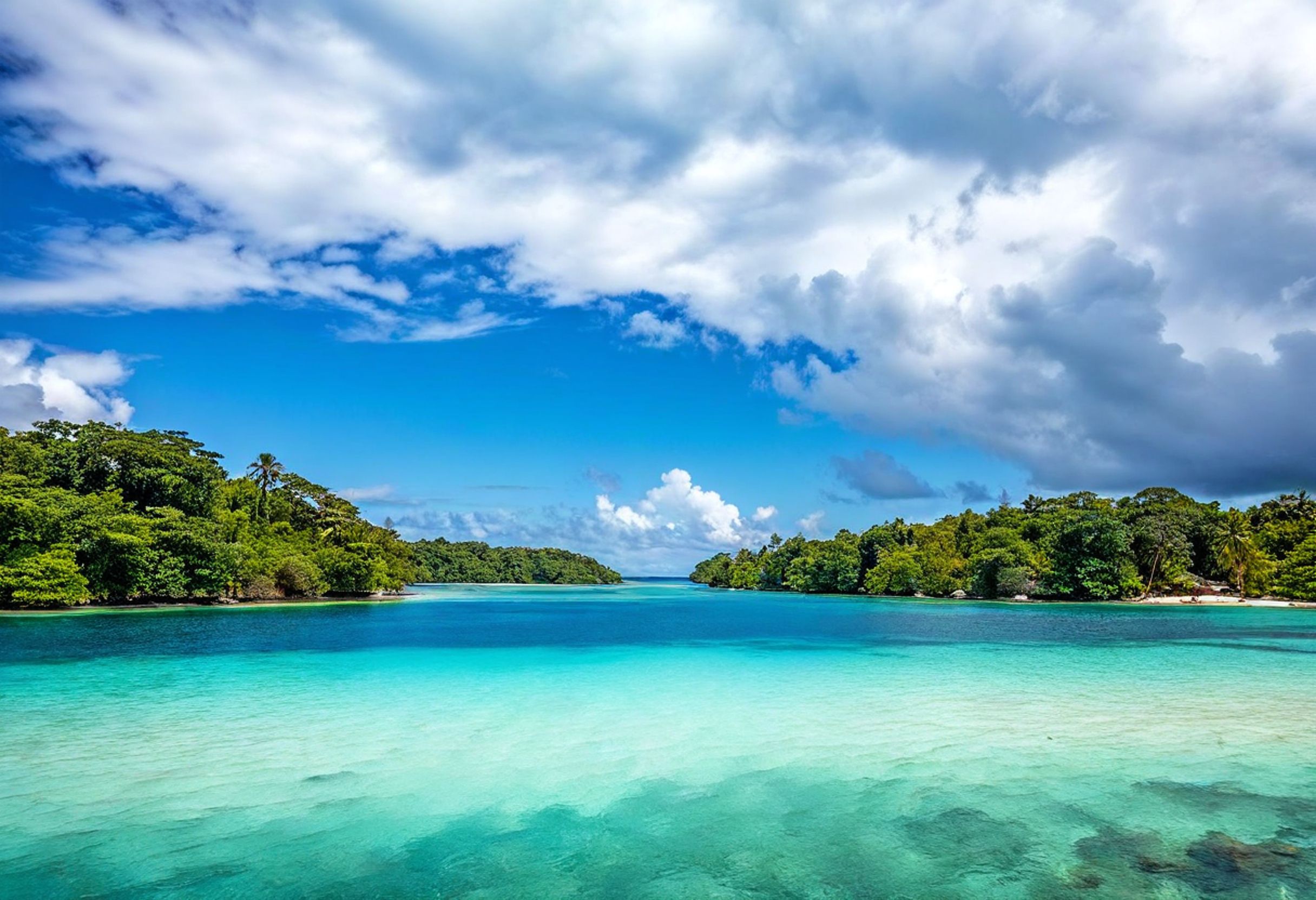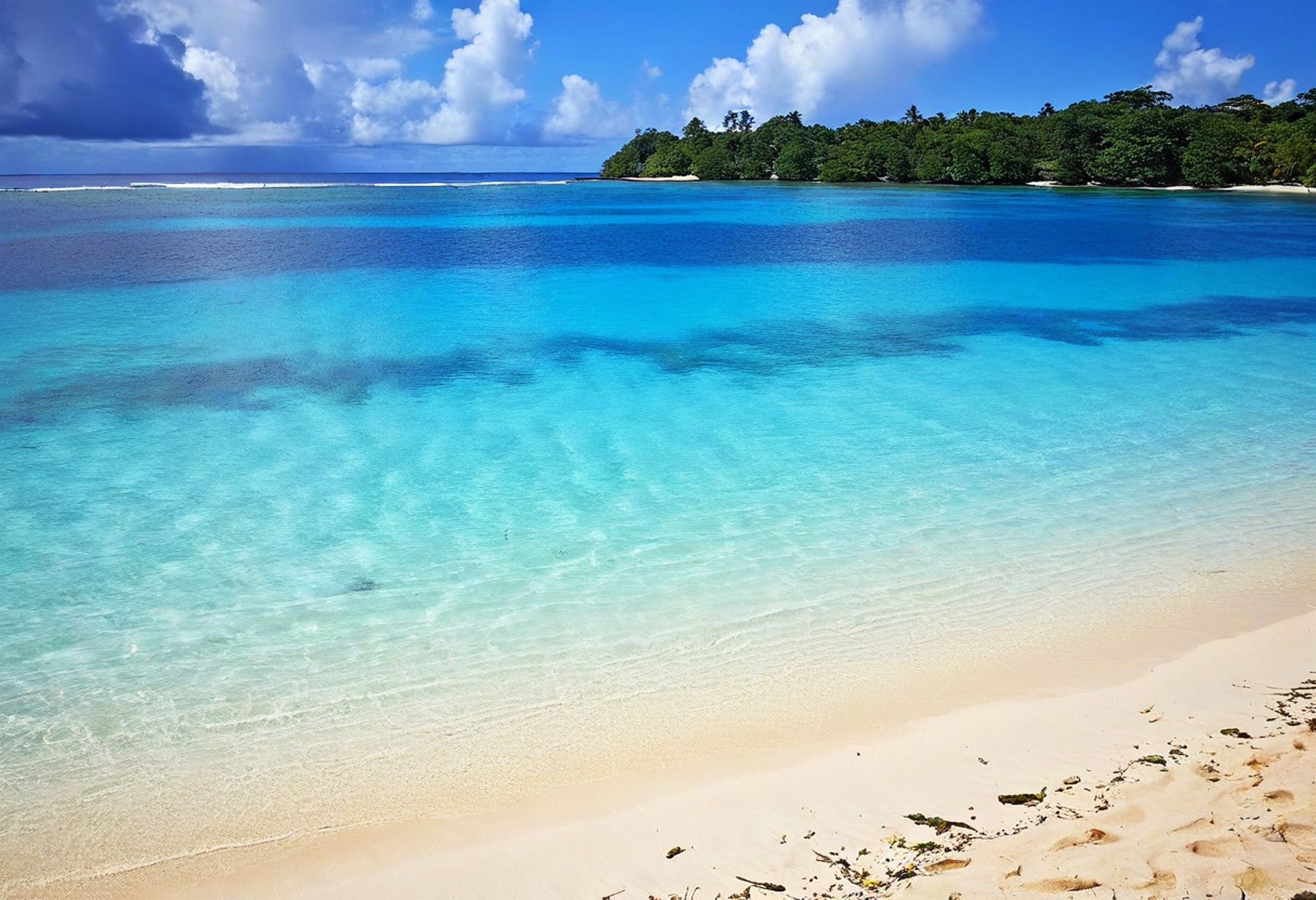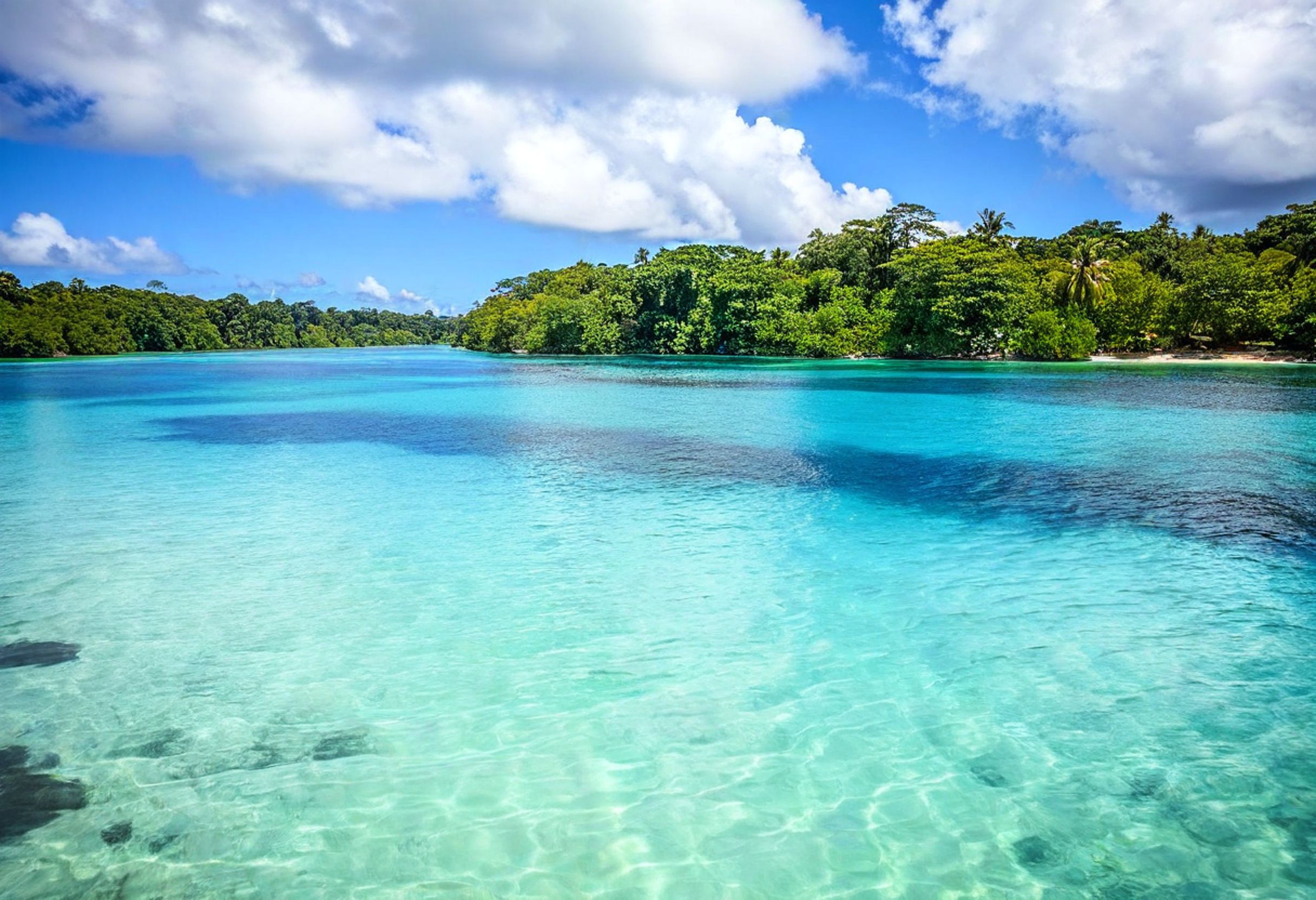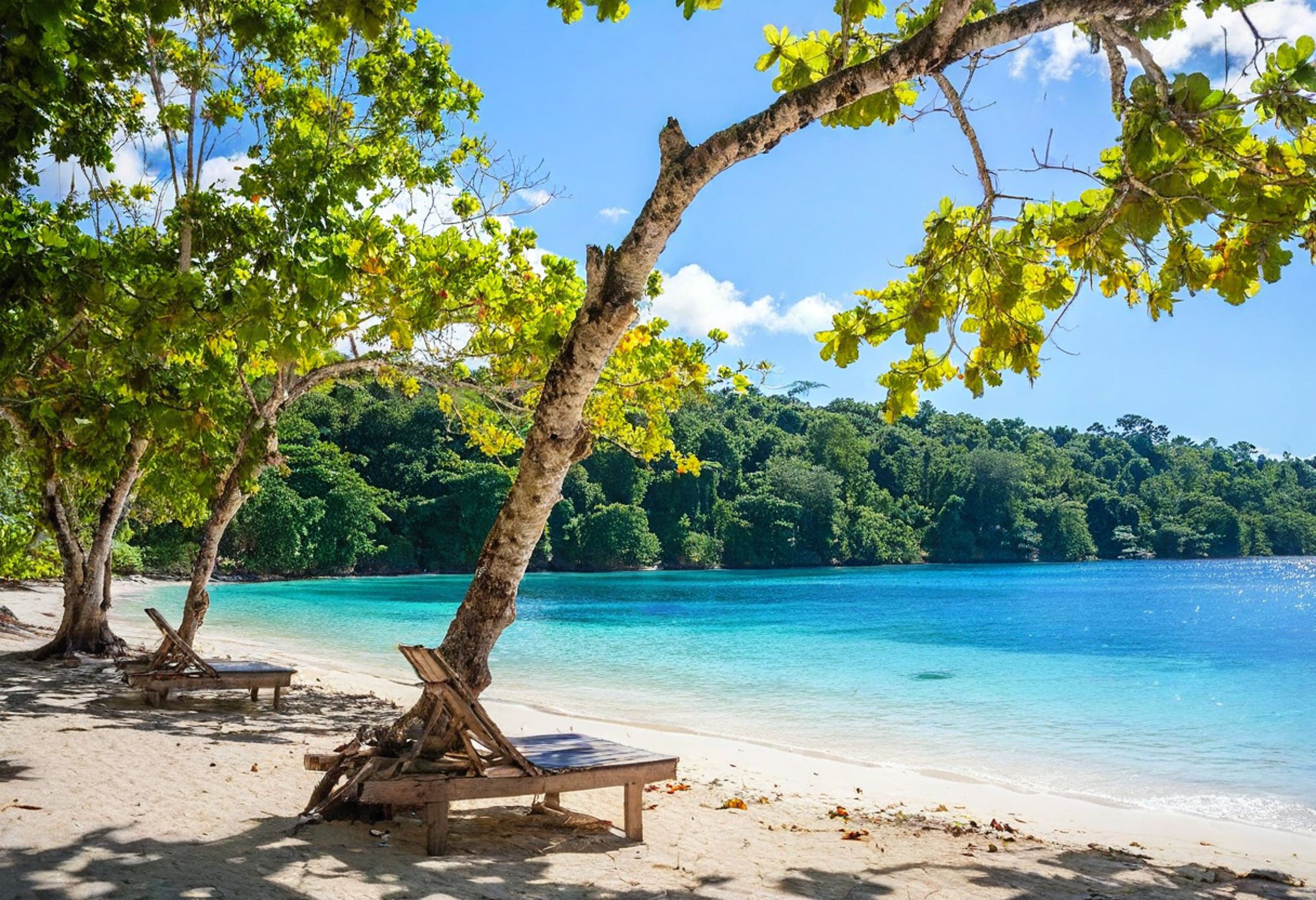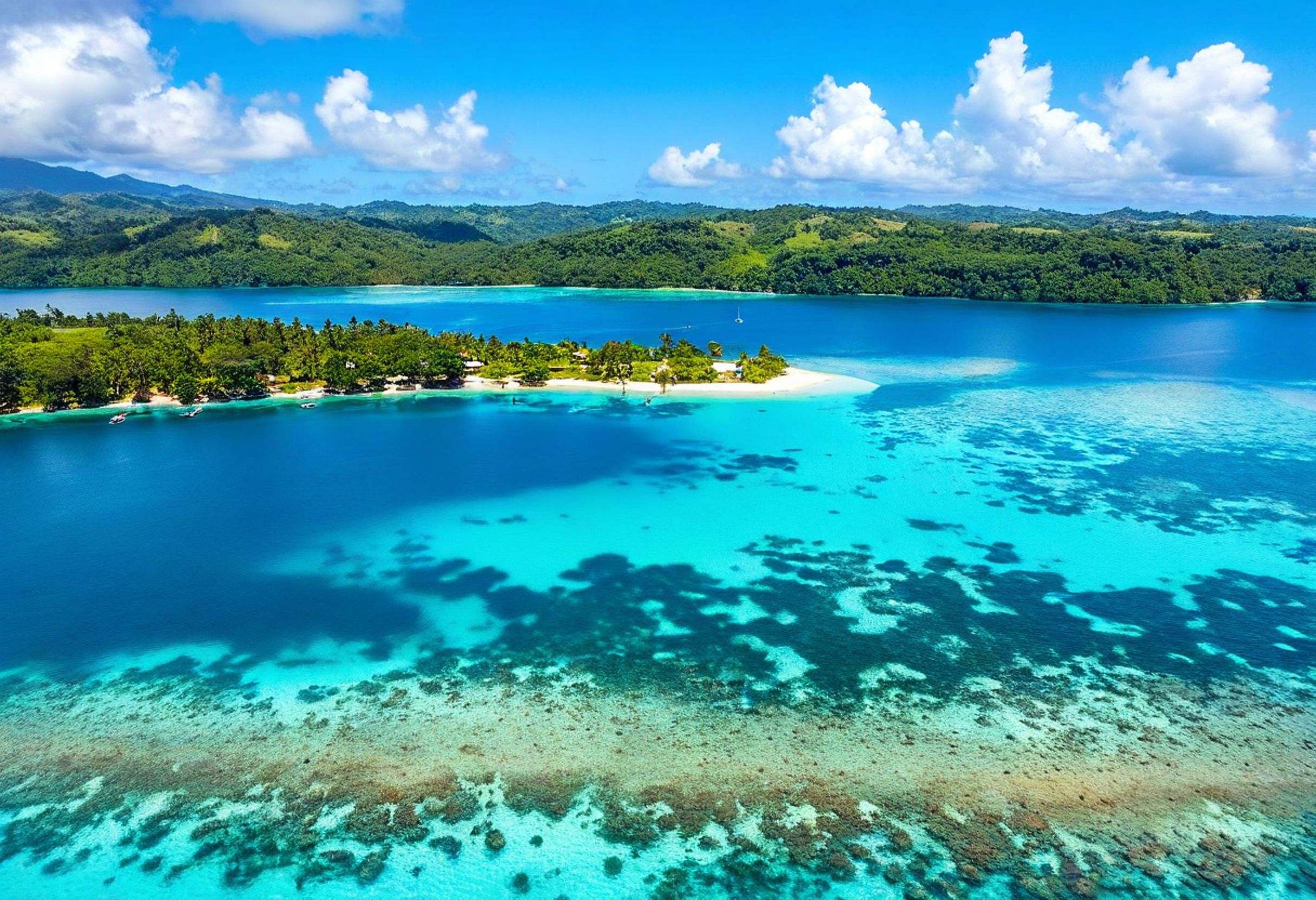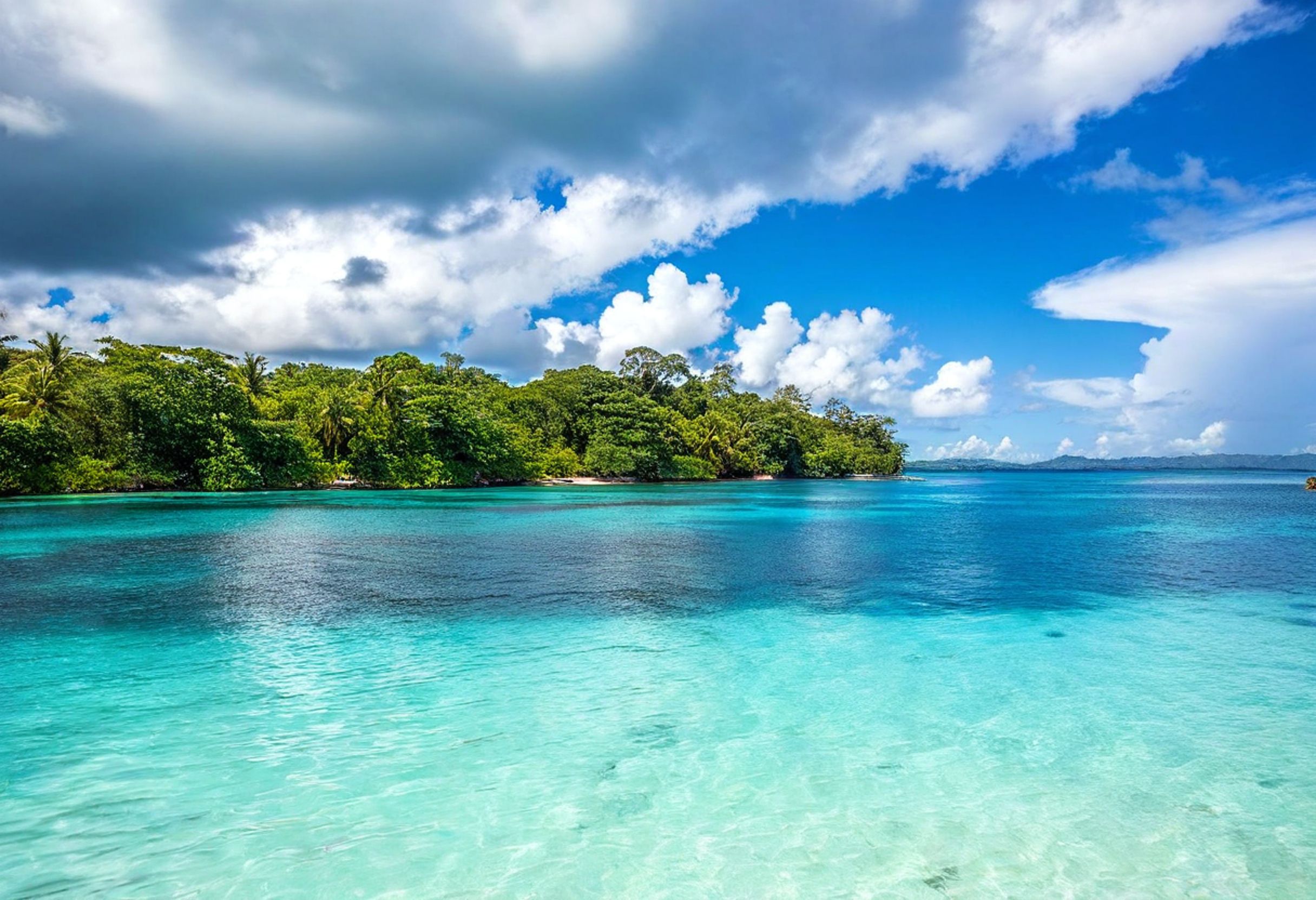Nestled in the South Pacific, Vanuatu’s cuisine tells a story of island abundance and cultural fusion. This Melanesian nation’s food reflects its rich heritage, with the Ni-Vanuatu people crafting dishes centered around local staples like taro, yam, banana, coconut, and fresh seafood. Traditional Vanuatu cuisine features signature dishes such as Laplap, a pudding-like creation made from grated root vegetables, and Tuluk, a banana leaf-wrapped delicacy.
Vanuatu’s food scene has evolved through centuries of international influence. British and French colonizers introduced mangoes, papayas, pineapples, beef, and wheat, expanding the island’s culinary repertoire. Today, visitors can experience these authentic flavors at local markets in Port Vila or at restaurants like Kai Vanua, which specializes in organic local cuisine.
From overwater bungalows to beachfront resorts, find your perfect stay in this island nation of more than 80 islands. Instant booking with best price guarantee!
Browse Accommodations Now
The central market offers both affordable and authentic options for those wanting to sample the true taste of this Pacific paradise.
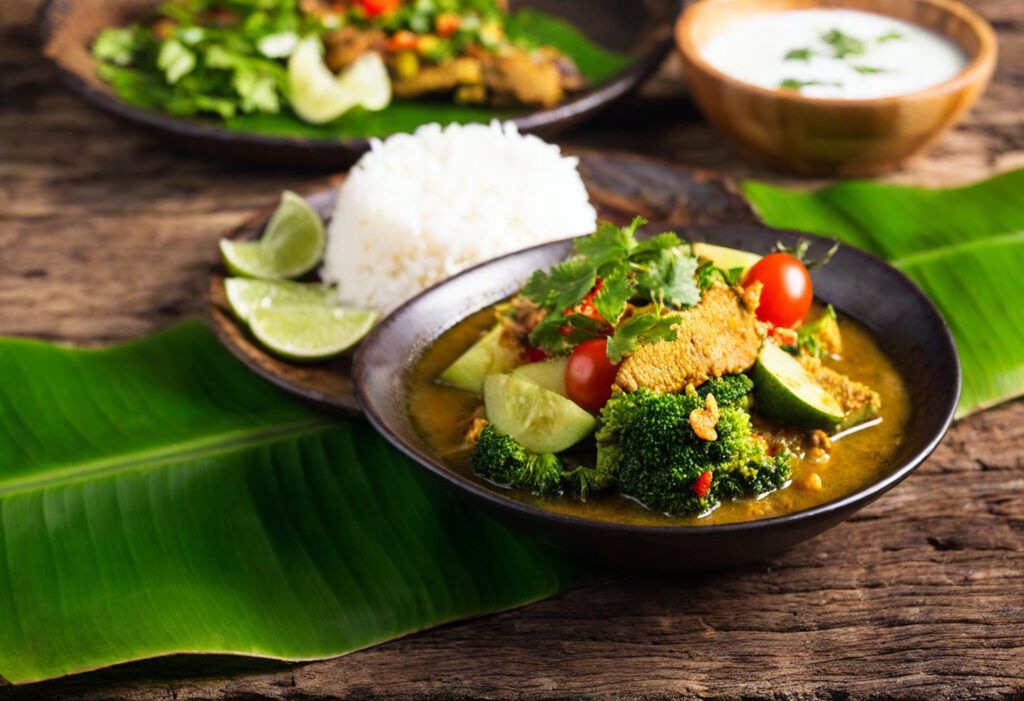
Traditional Staples and Ingredients
Vanuatu’s cuisine relies on a handful of essential ingredients that have sustained island communities for generations. These locally sourced staples reflect the nation’s agricultural wealth and its people’s deep connection to the land and sea.
Root Crops and Tubers
Root vegetables form the foundation of Vanuatu’s traditional diet. Taro, yam, and cassava are the most important tubers, serving as the base for countless meals across the islands. Taro, with its starchy purple-tinged flesh, is particularly significant in cultural ceremonies and feasts.
Yams hold special importance beyond nutrition. Many communities celebrate the annual yam harvest with festivals that mark the traditional calendar. These root crops are typically prepared by:
- Roasting in hot stones in earth ovens
- Boiling in coconut milk
- Grating for use in laplap (the national dish)
Sweet potatoes also feature prominently in daily meals, often simply prepared by boiling or roasting. These root vegetables provide essential carbohydrates that fuel the active lifestyle of islanders.
Fruits and Vegetables
The tropical climate of Vanuatu produces an abundance of fruits that regularly appear in traditional meals. Papaya, banana, and breadfruit are dietary staples rather than occasional treats. Green bananas are often cooked like vegetables in savory dishes.
Mangoes flourish during their season, bringing natural sweetness to the table. Island cabbage (bok choy variant) provides essential greens and features in many traditional recipes. It’s typically steamed or added to soups.
Elegant resorts, tropical villas, and vacation rentals with immediate confirmation. Experience a culture dating back to 1,300 BC in this breathtaking archipelago!
See Available Properties
Breadfruit deserves special mention as a versatile staple that can be:
- Roasted
- Boiled
- Fried
- Preserved for later use
Cucumbers and carrots, though not indigenous, have been integrated into modern traditional cooking. These vegetables often appear in simple side salads that accompany protein dishes.
Proteins
Seafood naturally dominates the protein landscape in this island nation. Fresh fish is prepared daily in coastal communities, often grilled over open flames or cooked in coconut milk curry. Poulet fish is particularly prized for its delicate flavor.
Coconut appears in nearly every aspect of Vanuatu cuisine. The meat provides substance, while coconut milk creates rich sauces and stews. No part goes unused – even the shells serve as cooking and serving vessels.
Land-based proteins include:
- Chicken (often free-range)
- Beef (especially since colonial introduction)
- Pork (reserved for special occasions)
- Eggs (from village chickens)
Many families in Vanuatu raise their own livestock alongside growing crops, creating a sustainable food system. Pork holds ceremonial importance and frequently appears at weddings, funerals, and other significant gatherings.
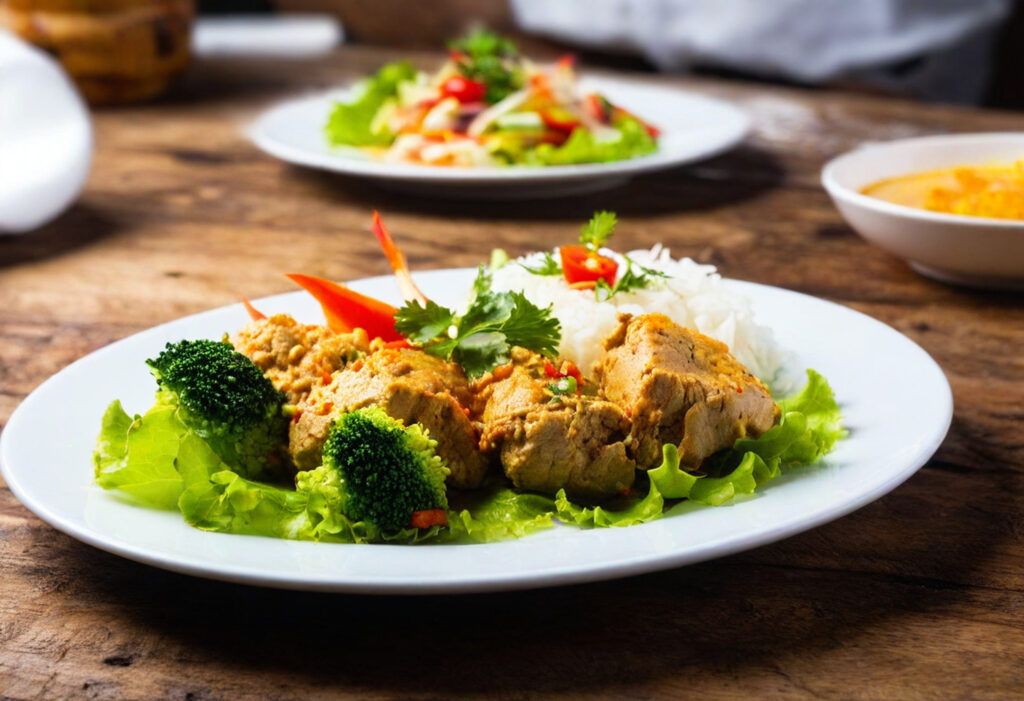
Iconic Dishes and Preparation Methods
Vanuatu’s cuisine showcases unique cooking techniques and distinctive ingredients that reflect the island nation’s cultural heritage. Traditional methods of food preparation combine with modern influences to create a rich culinary landscape.
Laplap
Laplap stands as Vanuatu’s national dish and represents the heart of Ni-Vanuatu cooking. This iconic dish consists of grated root vegetables—primarily taro, yam, or manioc—spread onto banana leaves and topped with meat or fish.
Preparation begins with creating a paste from the grated vegetables. The paste is then layered on banana leaves and drenched with rich coconut cream. Traditional laplap includes protein such as chicken, pork, or fish placed in the center.
Easy booking across stunning accommodations from luxury resorts to eco-friendly retreats. This Y-shaped archipelago offers pristine beaches, active volcanoes, and world-class diving!
Secure Your South Pacific Getaway
The entire package is wrapped carefully in multiple layers of banana leaves before being placed in an earth oven. This cooking process takes several hours, resulting in a pudding-like texture with complex flavors.
Variations exist throughout the islands, with some versions incorporating local seafood or different combinations of root vegetables depending on seasonal availability.
Cooking Techniques
Traditional Ni-Vanuatu cooking methods center around the earth oven, locally known as “umu.” This technique involves digging a pit, filling it with hot stones, and placing food wrapped in banana leaves on top.
The wrapped packages steam slowly underground, allowing flavors to develop fully while preserving nutrients. This method is especially important for traditional meals made like delicacies, such as the prized coconut crab.
Another common technique involves direct grilling of meats and fish over open flames. This imparts a distinctive smoky flavor that enhances the natural taste of fresh seafood caught daily from surrounding waters.
Boiling and steaming in coconut milk represent everyday cooking methods. These approaches are particularly used for preparing the staple ingredients that form the foundation of the cuisine: taro, yams, and various greens.
Modern Influences and Variations
Contemporary Vanuatu cuisine shows clear evidence of international influences while maintaining traditional roots. Restaurant menus often feature traditional dishes with creative modifications to appeal to visitors.
Fusion dishes combining local ingredients with foreign techniques have emerged. For example, coconut crab might be served with garlic, chili, curry sauces, or even mayonnaise, reflecting multicultural impacts on the cuisine.
White rice has become a common accompaniment to many meals, sometimes replacing traditional root vegetables. This shift represents changing dietary patterns influenced by imported foods.
Despite these changes, most Ni-Vanuatu continue to raise their own food, ensuring traditional cooking methods remain alive. Many families maintain small gardens growing taro, yams, and bananas, preserving culinary heritage while embracing selective modern adaptations.
Find available hotels and vacation homes instantly. No fees, best rates guaranteed!
Check Availability Now

